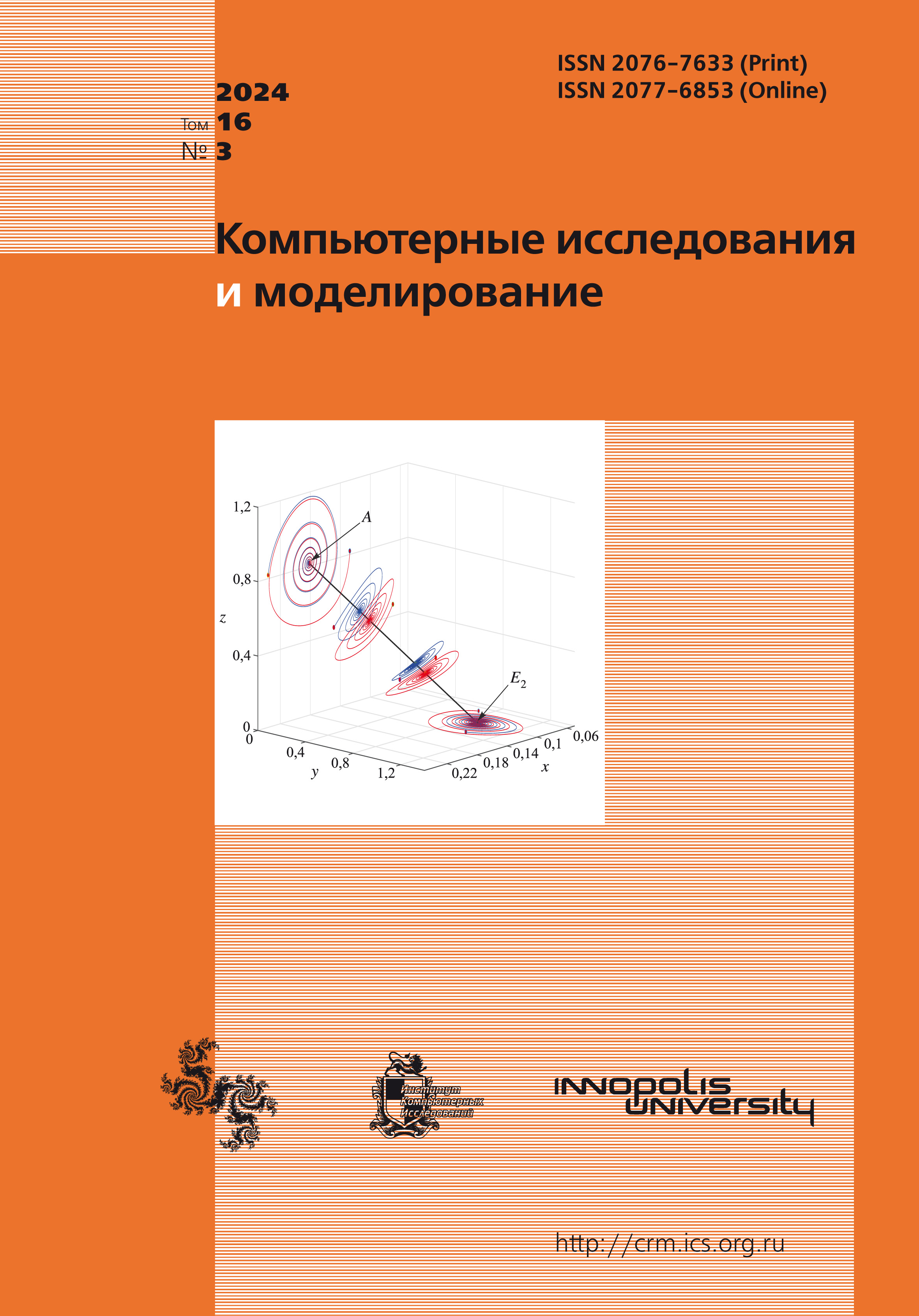All issues
- 2025 Vol. 17
- 2024 Vol. 16
- 2023 Vol. 15
- 2022 Vol. 14
- 2021 Vol. 13
- 2020 Vol. 12
- 2019 Vol. 11
- 2018 Vol. 10
- 2017 Vol. 9
- 2016 Vol. 8
- 2015 Vol. 7
- 2014 Vol. 6
- 2013 Vol. 5
- 2012 Vol. 4
- 2011 Vol. 3
- 2010 Vol. 2
- 2009 Vol. 1
Development of the water – oil interface instability in a vertical electric field
 pdf (3691K)
pdf (3691K)
The presence of a contact boundary between water and transformer oil greatly reduces the electrical strength of the oil phase. The presence of an electric field leads to varying degrees of polarization at the interface and the appearance of a force acting on a liquid with a higher dielectric constant (water) in the direction of a liquid with a lower dielectric constant (oil). This leads to the contact surface instability development. Instability as a result of its development leads to a stream of water being drawn into oil volume and a violation of the insulating gap. In this work, we experimentally and numerically study electrohydrodynamic instability at the phase boundary between electrically weakly conductive water and transformer oil in a highly inhomogeneous electric field directed perpendicular to the contact boundary. The results of a full-scale and numerical experiment of studying of the electrohydrodynamic instability development in a strong electric field at the interface between water and transformer oil are presented. The system consists of a spherical electrode with a radius of 3.5 mm, placed in water with a conductivity of 5 $\mu S/cm$, and a thin blade electrode 0.1 mm thick, placed in transformer oil of the GK brand. The contact boundary passes at the same distance from the nearest points of the electrodes, equal to 3 mm. The work shows that at a certain electric field strength, the cone-shaped structure of water grows towards the electrode immersed in transformer oil. A numerical correspondence was obtained for both the shape of the resulting water structure (cone) during the entire growth time and the size measured from its top to the level of the initial contact boundary of phase separation. The dynamics of this structure growth has been studied. Both in numerical calculations and in experiment, it was found that the size of the resulting cone along the electrode connection line depends linearly on time.
Copyright © 2024 Doludenko A.N., Kulikov Y.M., Panov V.A., Saveliev A.S., Tereshonok D.V.
Indexed in Scopus
Full-text version of the journal is also available on the web site of the scientific electronic library eLIBRARY.RU
The journal is included in the Russian Science Citation Index
The journal is included in the RSCI
International Interdisciplinary Conference "Mathematics. Computing. Education"






